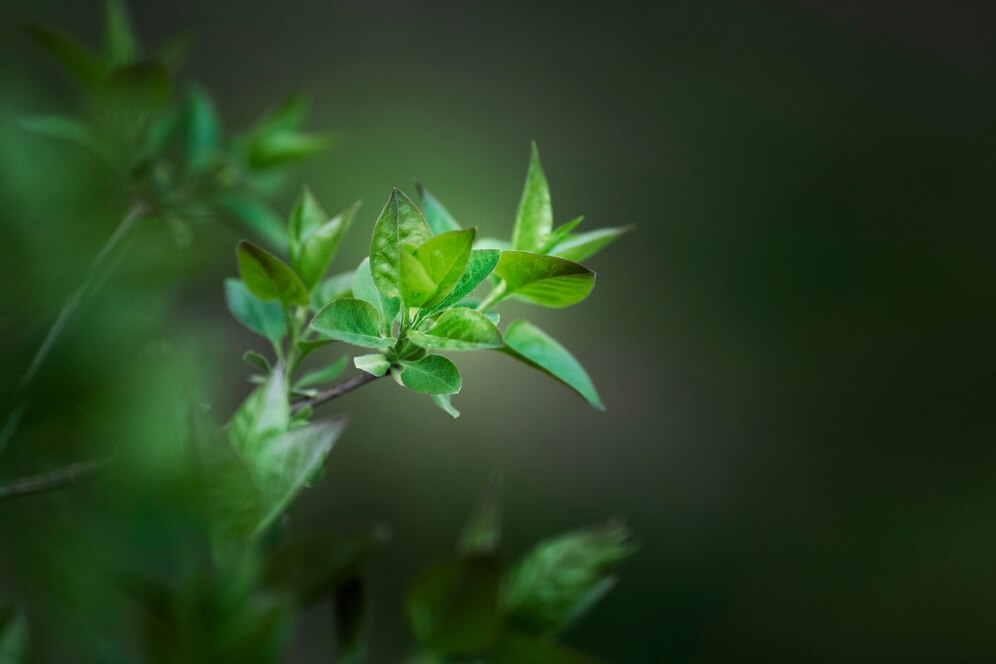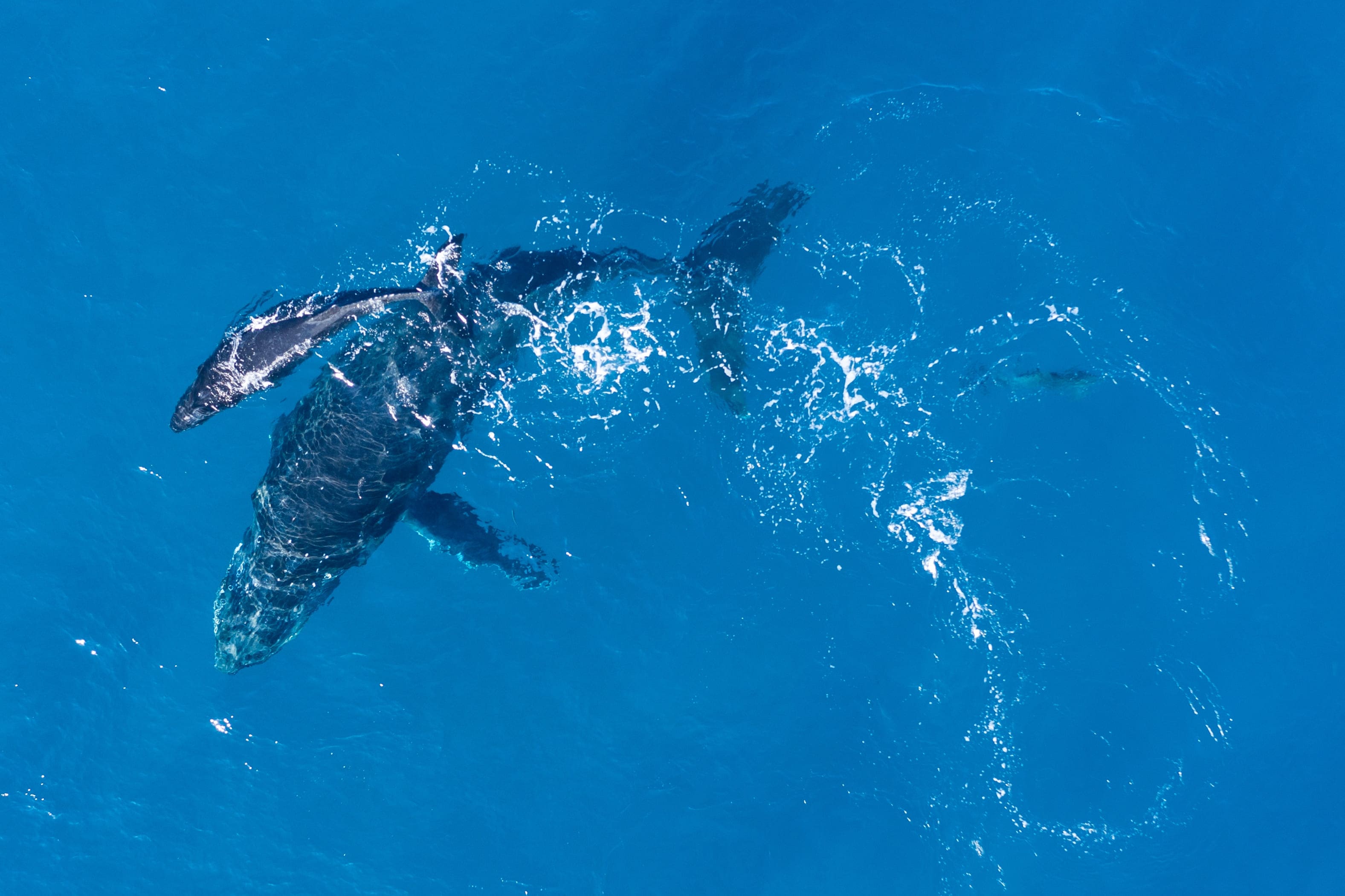What Is Green Beauty And Blue Beauty And Why We Love Both
What Is Green Beauty And Blue Beauty And Why We Love Both
We know that, in this über-connected world, there are always new and emerging terms, making it difficult to stay up to date. In today’s post, we will delve into Green Beauty and Blue Beauty, standards of sustainable principles guiding production within the global beauty industry.
As you’re likely aware, the market has a growing demand for natural and biodegradable products. As consumers strive to reduce their environmental impact, big and small companies work to take significant steps in the same direction. From this positive dynamic comes both terms.
GREEN BEAUTY
 Image courtesy of Freepik
Image courtesy of Freepik
Green Beauty can also be described as “natural beauty”. The idea here is to use raw materials extracted from nature, mostly artisanal, without adding synthetic ingredients. The movement also advocates that the products should be cruelty-free, i.e., their production process does not include tests on animals.
However, it’s important to note that natural cosmetics are not regulated by law, so the term can oftentimes be used loosely.
“Then, how can we know we are truly purchasing and enjoying Green Beauty?”, you might be asking.
The simple answer is: Pay attention to the ingredients! Parabens, sulfates, phthalates, and formaldehyde are synthetic or toxic substances that should be avoided. Read the labeling carefully and stay away from products where they are found. Not only are they harmful to the environment, they are harmful to our bodies.
Now that you know more about Green Beauty products, let’s move on to Blue Beauty, a concept derived from the former.
BLUE BEAUTY
 Image by wirestock on Freepik
Image by wirestock on Freepik
Did you know that 8.3 million tons of plastics are discarded in the sea every year? Adding to an estimated 5.25 trillion pieces of plastic in our ocean. And more, according to the UN, by 2050, there will be more plastic in the ocean than fish.
Numbers like the ones listed above inspired Jeannie Jarnot to dream up the concept of Blue Beauty, which focuses on the urgency of finding appropriate ways to discard cosmetics packaging without contaminating the ocean. And it’s not just about post-consumption plastics. It’s about the ingredients added to the formulas, too.
Blue Beauty also ensures products are free of toxic ingredients, such as chemical compounds in formulations. They can harm the environment, and some even contribute to coral bleaching. Plus, these products can not result from actions that degrade marine life, such as extracting marine algae.
SO, WHAT IS THE DIFFERENCE BETWEEN BOTH CONCEPTS?
Green Beauty seeks transparency in the production process of cosmetics - such as manufacturing methods, source of ingredients, and what residues are produced (for example, in packaging and distribution). Meanwhile, Blue Beauty is a segment of that. It’s concerned about the waste pollution after consumption and safeguarding the ocean and life below water.
These concepts are complementary and aim to reflect on and change the effects of cosmetics on the body and especially on the environment.
Here at Simple Organic, we are always searching for ways to bring you the purest and most eco-friendly product. Our raw materials are organic, and we are certified by PeTA as a 100% vegan and cruelty-free brand.
Besides receiving the Certificação Lixo Zero [Zero Waste Certification], we’re the first beauty brand to use sustainable fabric packaging. We do not use plastics to protect our products. Instead, we use extruded corn, which is 100% biodegradable and soluble in water. It can even be used as fertilizer for your plants.
To learn more about our sustainable initiatives, click here. And more specifically about sustainable packaging, click here.
